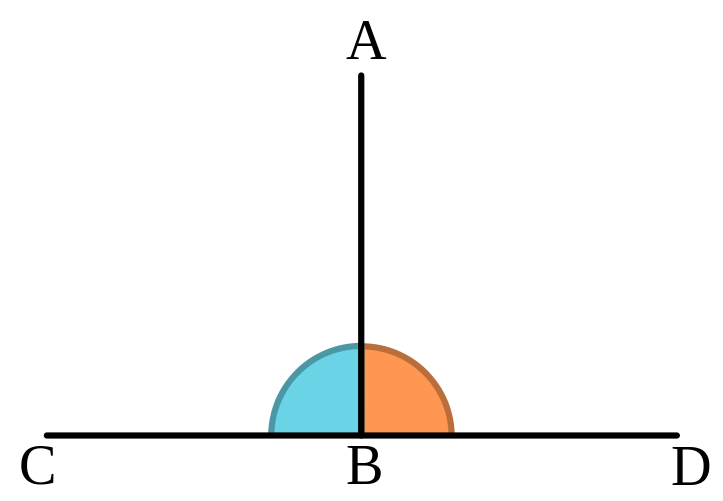When you build your portfolio you must decide what is your risk profile. A pension fund’s risk profile is different than that of a hedge fund, which is different than that of a family office. Everyone’s goal is to maximize returns given the risk. Sinfully but commonly risk is defined as the variability in the portfolio, and so we feed our expected returns and expected risk to some optimization procedure in order to find the optimal portfolio weights. Risk serves as a decision variable. You choose the risk, and (hope to) get the returns.
A new paper from Kris Boudt, Dries Cornilly, Frederiek Van Hollee and Joeri Willems titled Algorithmic Portfolio Tilting to Harvest Higher Moment Gains makes good progress in terms of our definition of risk, and risk-return trade-off. They propose a quantified way in which you can adjust your portfolio to account not only for the variance, but also for higher moments, namely skewness and kurtosis. They do that in two steps. The first is to simply set your portfolio based on whichever approach you follow (e.g. minvol, equal risk contribution or other). In the second step you tilt the portfolio such that the higher moments are brought into focus and get the attention they deserve. This is done by deviating from the original optimization target so that higher moments are utility-improved: less variance, better skew and lower kurtosis.

